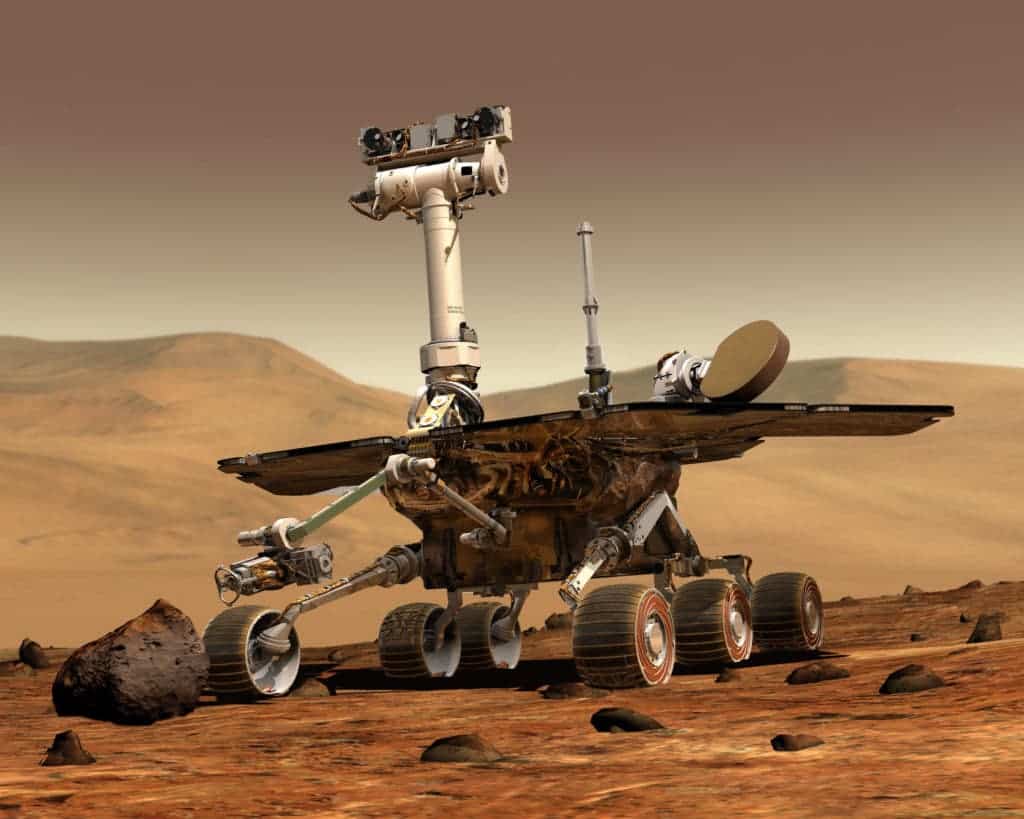
On Wednesday, June 19, the Mars Curiosity rover detected a spike in methane gas concentration, suggesting a possible presence of microbial life on the Red Planet. Since then, NASA scientists have been waiting for data to arrive from across the solar system that will shed light on the methane’s origin.
Methane gas, which on Earth can be generated by microbial activity, has been detected on Mars since 2003 via probes orbiting the planet and telescopic observations from Earth. However, the concentration of 21 parts per billion (ppb) measured last Wednesday at the rover’s location in the Gale Crater is three times higher than any previous amount recorded.
Despite this, two recurring questions have persisted: Where is the gas coming from, and what is producing it?
In April 2019, Marco Guiranna of the National Institute of Astrophysics in Rome, published a paper in Nature Geoscience suggesting a location 500km East of the Gale Crater was the source for the methane. By combining atmospheric circulation models with geological observations, an area known as the Medusa Fossae Formation, 500km East of the Gale Crater, has emerged as the likely source for the methane gas.
The Formation is riddled with geological faults and encrusted with permafrost. This has led scientist to hypothesize that fault movement is shattering the ice and releasing methane gas previously locked away for thousands of years.
The theory offers one explanation for the widespread absence of methane. A European Space Agency probe, the ExoMars Trace Gas Orbiter (TGO), sent to Mars to seek out the source of the methane, has yet to find any evidence of the gas. One avenue of thought is that methane is broken down in the atmosphere before it reaches the altitude at which the TGO probe operates at, but conversely if the methane is instead sealed within surface ice then the general absence of methane, punctuated by gas ‘plumes’ detected by the Curiosity rover, is to be expected.
As Paul Mahaffy, Principle Investigator of Curiosity’s Sample Analysis at Mars instrument, put it: “A plume came and a plume went.. … it’s back down now to below 1 part per billion.”
In the past, these ‘blind sniffs’ of methane by the Curiosity rover have frustrated scientist hoping to pinpoint the exact location and nature of the methane plumes. Interestingly, last Wednesday’s rover detection on the surface coincided with the TGO performing observations nearby at a higher latitude. In addition, a second probe, the Mars Express orbiter, was operating over the exact same region as the Curiosity rover. The measurements made by the two probes should verify the rover’s detection of methane, and hopefully constrain the duration of the gas release.
Furthermore, given high enough concentrations, the TGO probe has the ability to examine the very atoms in any methane produced. Specifically, it can analyze certain types of molecules called isotopologues – where one of the carbon or hydrogen atoms in the sequence possesses unique numbers of neutrons. These molecules can offer scientists clues to their production and thus we may be able to finally source the methane’s provenance. A concentration of 21ppb is sufficient to carry out this analysis, so NASA is hoping the TGO managed to obtain a sample of the methane last Wednesday. They will find out in the coming weeks.
However, if unsuccessful, NASA will have to wait until next year to get further insight. The ExoMars rover is due for touchdown in 2020 and it is hoped that the more sensitive instruments on board will help provide answers to the methane mystery.





